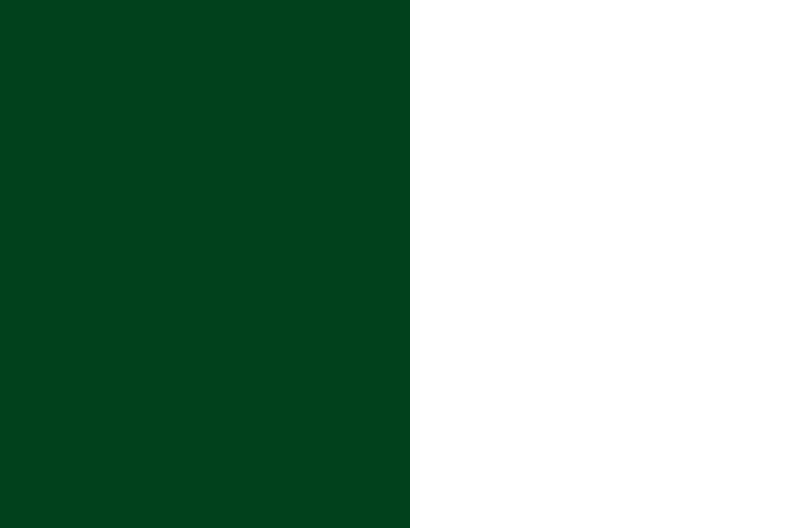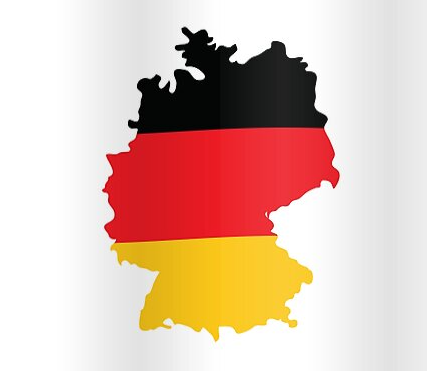Let’s dive into Ecuador National Color. Ecuador, a nation blessed with natural beauty and cultural diversity, proudly boasts a national flag composed of three vibrant colors: Yellow, Blue, and Red. These colors hold a rich history and significance for the country, serving as symbols of its heritage and values. In this article, we will delve into the depths of Ecuador’s national colors, exploring their historical roots, cultural importance, and their presence in various aspects of Ecuadorian life.
The Significance of National Colors
National colors are an essential aspect of a country’s identity. They reflect the nation’s history, culture, and values. In the case of Ecuador, the national colors, Yellow, Blue, and Red, encapsulate the spirit of the nation and its people.
The History of Ecuador’s Ecuador National Color
Ecuador’s national colors find their roots in the country’s struggle for independence. These colors first appeared in the flag designed by Francisco de Miranda, a Venezuelan revolutionary who fought for the freedom of several South American nations. The flag was adopted by Ecuador on May 19, 1835, following the nation’s separation from the Gran Colombia.
Yellow: A Symbol of Abundance and Diversity
The color yellow in Ecuador’s flag represents the country’s abundant natural resources and diversity. It symbolizes the lush landscapes, fertile lands, and the wealth of Ecuador’s ecosystems, making it a land of plenty.
Blue: Representing Freedom and Sky
Blue is a color that symbolizes freedom and the vast sky. For Ecuadorians, it embodies their aspirations for a free and open society. The blue in the flag is a reminder of the country’s pursuit of liberty.
Red: The Color of Valor and Bravery
The color red is a representation of valor and bravery, qualities that have been deeply ingrained in Ecuadorian culture and history. It pays homage to the sacrifices made by the nation’s heroes in their fight for independence.
The Evolution of Ecuador’s National Flag
Over the years, Ecuador’s national flag has seen various modifications. The current flag, consisting of horizontal stripes of yellow, blue, and red, was officially adopted on September 26, 1860. This design has remained unchanged ever since.
The Role of National Colors in Festivals
Ecuadorians celebrate their national colors during various festivals and events. The vibrancy of the flag is prominently displayed in parades, processions, and other public gatherings, fostering a sense of unity and patriotism among the people.
The Use of Ecuador National Color in Sports
Ecuador’s national colors also play a significant role in sports. The flag is proudly carried by athletes during international events, representing the nation’s pride and determination. It’s a symbol of Ecuador’s presence on the global stage.
Ecuador’s Ecuador National Color in Daily Life
Beyond official events and sports, Ecuador’s national colors are integrated into daily life. You can find them in clothing, decorations, and even in the colors of buildings, reaffirming the significance of these colors in the lives of the people.
How Ecuador’s National Color Influence Art and Culture
Ecuador’s flag colors have a profound influence on the nation’s art and culture. They are often depicted in paintings, sculptures, and other forms of artistic expression, showcasing the pride and creativity of the Ecuadorian people.
The Flag’s Influence on National Identity
Ecuador’s flag is more than just a symbol; it is a cornerstone of national identity. It unites the diverse communities of the country under one banner, fostering a strong sense of belonging.
Maintaining and Preserving National Color
The Ecuadorian government takes pride in maintaining and preserving the integrity of the national flag. Laws are in place to ensure the correct usage and display of the flag, reinforcing its significance.
The International Recognition of Ecuador’s Flag
Ecuador’s national flag is recognized worldwide for its striking colors and design. It proudly represents the nation on the global stage and is a symbol of Ecuador’s place in the international community.
Conclusion
In conclusion, the national colors of Ecuador, Yellow, Blue, and Red, are not just a combination of hues but a representation of a nation’s history, culture, and aspirations. They remind us of the struggle for freedom, the beauty of the land, and the courage of its people. These colors are a source of pride for Ecuadorians, woven into the fabric of their daily lives and celebrations.
Ecuador National Color: FAQs
- What do the colors of Ecuador’s flag symbolize?
The yellow represents abundance and diversity, blue symbolizes freedom, and red signifies valor and bravery.
- How has Ecuador’s flag evolved over the years?
The flag has seen various modifications but has maintained its current design since 1860.
- How are Ecuador’s national colors integrated into daily life?
They can be found in clothing, decorations, and the colors of buildings, reflecting their importance in everyday Ecuadorian life.
- What role do national colors play in Ecuadorian sports?
The national flag is proudly carried by athletes during international events, representing the nation’s pride and determination.
- How is Ecuador’s flag recognized internationally?
Ecuador’s national flag is recognized worldwide for its striking colors and design, symbolizing its place in the global community.
References
Certainly! Here are some references that you can use to support the information in the article about Ecuador’s National Colors:
- “Ecuadorian Flag” – WorldAtlas.
https://www.worldatlas.com/flags/ecuador
- “Flag of Ecuador” – Britannica.
https://www.britannica.com/topic/flag-of-Ecuador
- “Ecuador Flag and Description” – The World Flags.
https://www.theworldflags.com/ecuador-flag.html
- “Ecuador” – CIA World Factbook.
https://www.cia.gov/the-world-factbook/countries/ecuador/
- “Ecuadorian Traditions: The National Flag” – V!VA Travel Guides.


